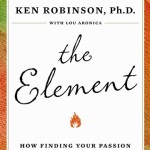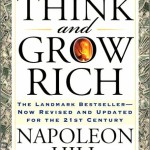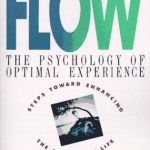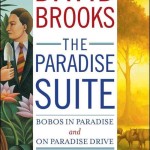“Your mind is for having ideas,
not holding them.”
In today’s world, yesterday’s methods just don’t work. In Getting Things Done, veteran coach and management consultant David Allen shares the breakthrough methods for stress-free performance that he has introduced to tens of thousands of people across the country. Allen’s premise is simple: our productivity is directly proportional to our ability to relax. Only when our minds are clear and our thoughts are organized can we achieve effective productivity and unleash our creative potential. InGetting Things Done Allen shows how to:
* Apply the “do it, delegate it, defer it, drop it” rule to get your in-box to empty
* Reassess goals and stay focused in changing situations
* Plan projects as well as get them unstuck
* Overcome feelings of confusion, anxiety, and being overwhelmed
* Feel fine about what you’re not doing
From core principles to proven tricks, Getting Things Done can transform the way you work, showing you how to pick up the pace without wearing yourself down. [From: Amazon.com]
“If you don’t pay appropriate attention to what has your attention, it will take more of your attention than it deserves.”
In time management, task priorities play a central role. Allen’s approach uses two key elements — control and perspective. He proposes a workflow process to control all the tasks and commitments that one needs or wants to get done. There are six “horizons of focus” to provide a useful perspective.
Allen creates analogies between the six levels of focus and an airplane taking off, going to higher altitudes:
- Runway
- 10,000 feet level
- 20,000 feet level
- 30,000 feet level
- 40,000 feet level
- 50,000 feet level
Unlike some theories, which focus on top-down goal-setting, GTD works in the opposite direction. Allen argues that it is often difficult for individuals to focus on big picture goals if they cannot sufficiently control the day-to-day tasks that they frequently must face. By developing a system that clarifies and defines the regular workday, an individual can free up mental space to begin moving up to the next level of focus.
A weekly review is done on different levels, and suggests that the perspective gained from these reviews should drive one’s priorities. This in turn determines the priority of the individual tasks and commitments gathered during the workflow process. During a weekly review, determine the context for the tasks and put them on the appropriate lists. An example of grouping together similar tasks would be making a list of outstanding telephone calls, or the tasks / errands to perform while downtown. Context lists can be defined by the set of tools available or by the presence of individuals or groups for whom one has items to discuss or present.
GTD is based on storing, tracking and retrieving the information related to the things that need to get done. Mental blocks we encounter are caused by insufficient ‘front-end’planning. This means thinking in advance, generating a series of actions which can later be undertaken without further planning. The human brain’s “reminder system” is inefficient and seldom reminds us of what we need to do at the time and place when we can do it. Consequently, the “next actions” stored by context in the “trusted system” act as an external support which ensures that we are presented with the right reminders at the right time. As GTD relies on external memories, it can be seen as an application of the theories of distributed cognition or the extended mind.[www.wikepidia.com]
GTD guru David Allen recently spoke in an interview with The Atlantic about all the things that keep him organized and productive. He uses a combination of low-tech tools and digital applications to accomplish what he says is the number one thing people need to do to gain control over their lives: “externalize” all the stuff that’s coming in.
These are the digital tools he uses:
- For calendar and action lists: Lotus Notes (because that’s the enterprise app his company uses) and an e-productivity add-on to Lotus Notes. This syncs to a BlackBerry.
- For brainstorming/capturing ideas and such: The Brain and Mind Manager
- A Mac (with Parallels running Microsoft Office)
But mostly it seems he relies on just paper. [From: Lifehacker.com]
“You can do anything, but not everything.”
Now watch his video:
TITLE: The Art of Stress-Free Productivity: David Allen at TEDxClaremo
TEDx Talks – 22:16 minutes
If you like this story, CLICK HERE to join the tribe of success-minded people just like you. You will love our weekly quick summaries of top stories, talks, books, movies, music and more with handy downloadable guides, cheat sheets, cliffs notes and quote books.
And, you can opt-out at any time – no strings, promise… CLICK HERE
















